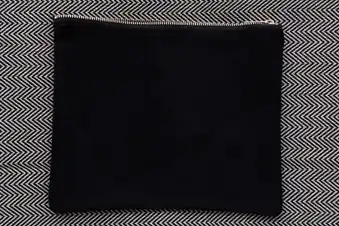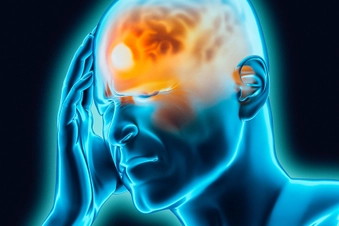How to Thrive With Chronic Migraine

Create a Migraine Action Plan
Turn a makeup pouch into a headache kit. Fill it with medications, water, warm packs, topical essential oils, or anything else you need when you have a headache. Keep contact information for your doctor or urgent care on hand so you can call for help if you need it. Having a plan reduces the fear of migraine because you’re prepared.
Lauren Doyle Strauss, DO, associate professor of neurology, Wake Forest School of Medicine

Establish a Routine
Migraine brains like consistency, predictability, and stability. Find a routine that makes you feel your best, then make a pact with yourself to stick with it: Coffee at the same time every morning, going to bed at the same time every night, and eating at the same intervals every day. Your brain will thank you.
Morgan Fitzgerald, blogger and influencer, San Diego, CA

Seek Out a Specialist
When migraine is serious enough to interfere with your daily activities, or when headaches happen more than 1-2 times per week or last for days, preventative treatment can help. A headache specialist is usually up to date with the latest treatment methods and can offer many options, including nerve blocks and Botox injections.
Laurie Knepper, MD, associate professor of neurology, University of Pittsburgh School of Medicine

Find the Right Health Care Providers
As a woman, and especially as a woman of color, I had a lot of experience with my pain being dismissed or not taken seriously. The migraine journey has taught me that I do have a voice and I can choose who I want to have on my health care team. You need a team that listens and works with you because you can’t manage migraine by yourself.
Jaime Sanders, blogger and patient advocate, Fredericksburg, VA

Make Exercise Part of Your Routine
Exercise releases endorphins, natural pain-fighting chemicals. It gives you a way to prevent migraine or decrease headache frequency. But physical activity can also make migraine worse. If you aren’t used to it, start with just a few minutes a day in which your heart rate is up and you’re sweating. That way, your body isn’t overwhelmed.
Nada Ahmad Hindiyeh, MD, clinical associate professor of neurology, Stanford University
Show Sources
IMAGES PROVIDED BY:
- Emma Farrer / Getty Images
- Edwin Tan / Getty Images
- Doug Armand / Getty Images
- Jose Luis Pelaez Inc / Getty Images
- gbh007 / Getty Images
SOURCES:
Lauren Doyle Strauss, DO, fellow of the American Headache Society; associate professor of neurology, Wake Forest School of Medicine, Wake Forest, NC.
Morgan Fitzgerald, blogger and influencer, San Diego, CA.
Laurie Knepper MD, associate professor of neurology, University of Pittsburgh School of Medicine, Pittsburgh, PA.
Jaime Sanders, blogger and patient advocate, Fredericksburg, VA.
Nada Ahmad Hindiyeh, MD, clinical associate professor of neurology, Stanford University, Palo Alto, CA.